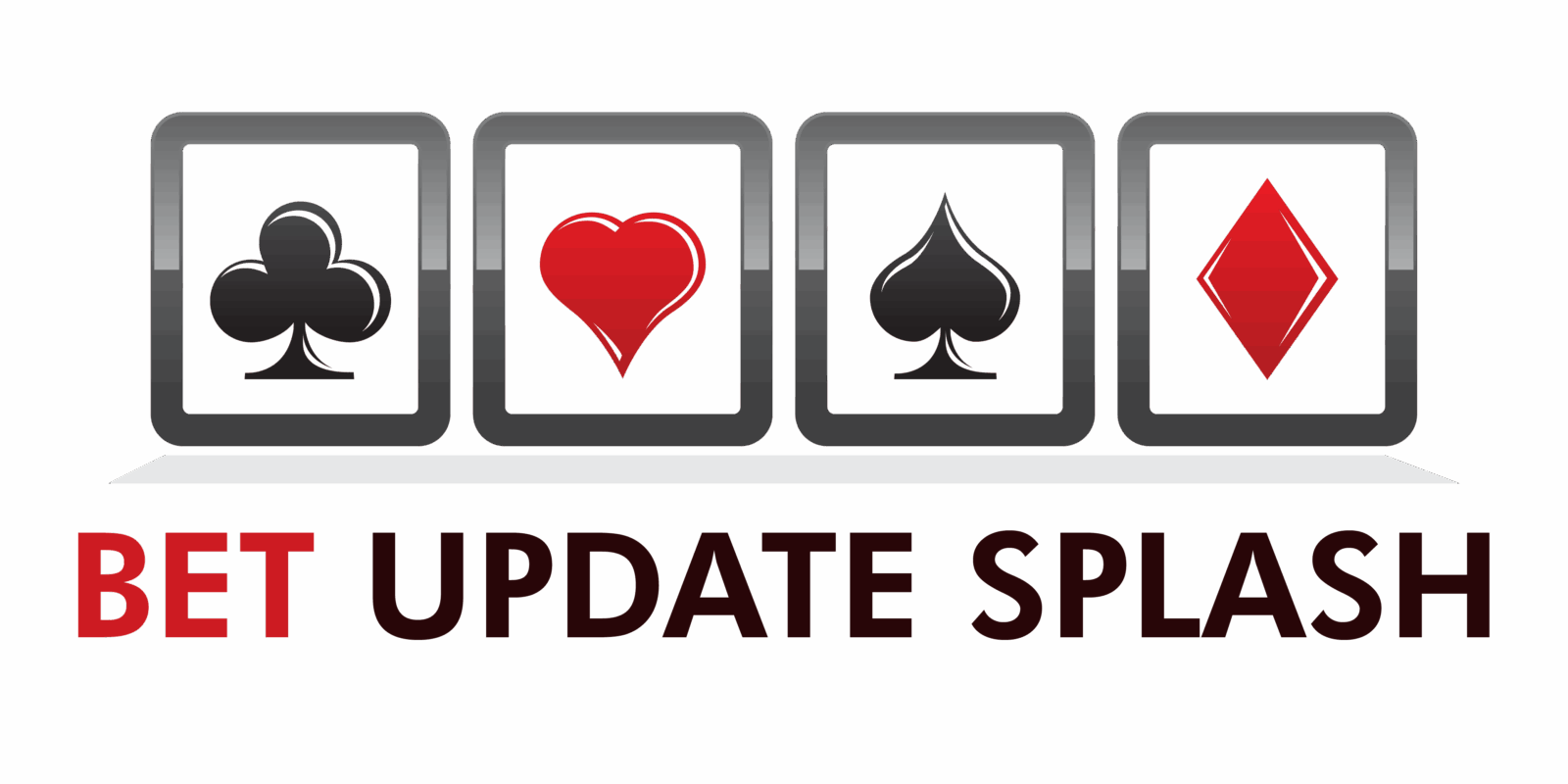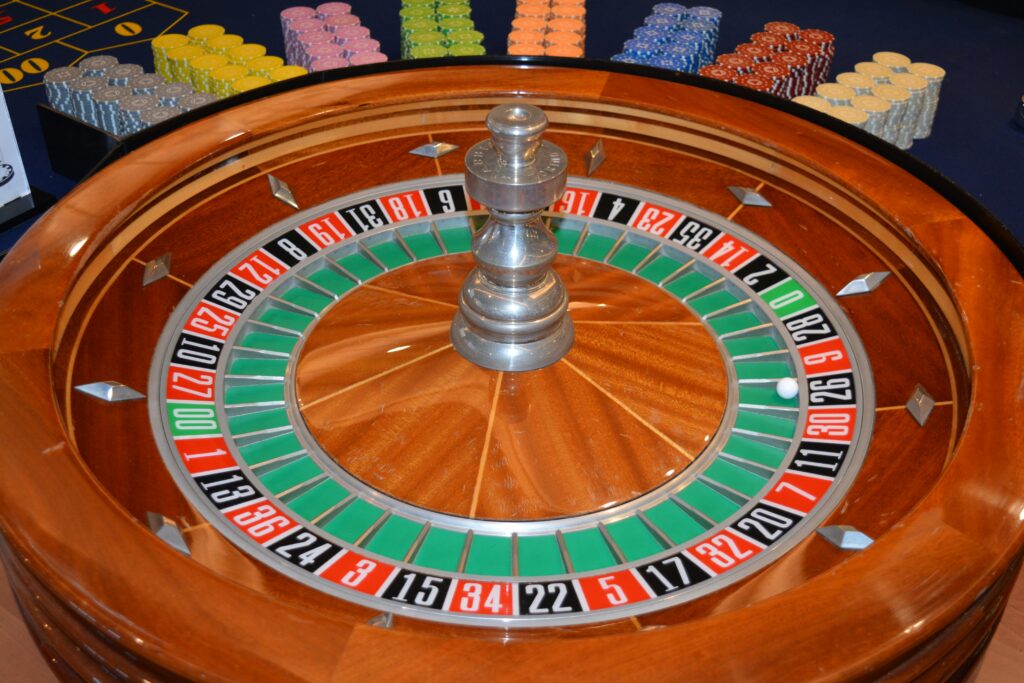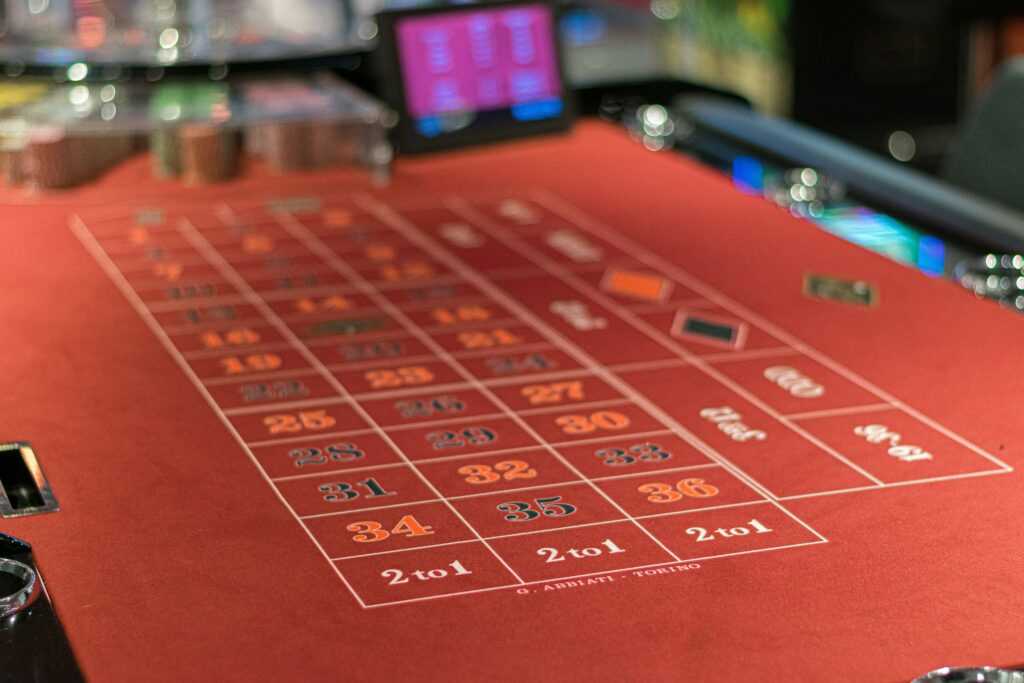Why Understanding the Basics Matters
At first glance, betting looks like luck. Toss a coin, place a wager, hope for a win. But real betting—the kind that lasts longer than beginner’s luck—is strategy sharpened by experience. The best bettors don’t just play the odds, they understand them. They study matchups, trends, stats. They don’t chase losses or fall in love with long shots.
That’s where risk management comes in. Set limits before you place a bet. Know your budget, and stick to it. Walking away is part of the game. Betting should feel like control, not chaos.
And here’s the kicker: mastering odds gives you an edge. Knowing how to decode betting lines means you see more than just a favorite or underdog. You see value. You spot the gaps the casual fan misses. Whether you’re betting on football, tennis, or esports, understanding the numbers is how you stop guessing and start making informed choices.
What Are Betting Odds?
Understanding odds is step one in not betting blind. Think of odds as the language sportsbooks use to show you two things: how likely an outcome is, and how much you’ll win if you’re right. There are three main formats you’ll come across—fractional, decimal, and moneyline—and they all say the same thing in different ways.
Fractional Odds (e.g., 5/1)
These are common in the UK. A 5/1 (read “five to one”) means you win $5 for every $1 you bet. Bet $10, win $50 (plus your $10 back). If the odds are 1/5, it’s the opposite—the outcome is likely, and you win $1 for every $5 you risk.
Decimal Odds (e.g., 6.00)
Used mostly in Europe and Canada, these show your total payout, not just profit. A 6.00 means if you bet $10, you get $60 back—$50 profit, $10 stake. It’s clean, fast math for calculating returns.
Moneyline Odds (e.g., +500 or -200)
Common in the U.S., these use plus and minus signs. A +500 means you’d win $500 on a $100 bet. A -200 means you need to bet $200 to win $100. Plus = underdog, bigger reward. Minus = favorite, lower return.
Implied Probability
Odds also tell you how likely a bookmaker thinks something is to happen. For example:
- 2/1 = 33.3% chance
- 1.50 (decimal) = 66.7% chance
- -200 (moneyline) = 66.7% chance
This helps you decide if the bet is worth it based on your own research.
Quick Examples
- Bet $10 on 3/1: You win $30 plus your $10 back.
- Bet $10 on 1.75: You get $17.50 total if you win.
- Bet $100 on -150: You earn $66.67 in profit, get $166.67 back total.
Learn to read odds, and you’re no longer guessing. You’re making a calculated choice.
Moneyline Bets Moneyline bets are the simplest form of betting—you’re picking who wins, nothing more, nothing less. If your chosen team or player wins, you get paid. If they lose, so do you. There’s no concern about how many points they win by or total game stats. It’s a clean, binary bet: win or lose.
This is where most beginners should start. The odds will tell you how much you stand to profit. Taking an underdog at +200? A $100 bet pays out $200 profit. Backing a heavy favorite at -250? You’d need to stake $250 just to win $100. It’s not glamorous, but it builds essential reading skills and betting discipline.
Point Spread / Handicap Bets Point spread (or handicap) betting shifts the focus from just who wins to how convincingly they win. If Team A is a -6.5 favorite, they need to win by 7 or more for your bet to hit. If Team B is +6.5, they can lose by 6 or fewer—or win outright—and your bet lands.
This type of bet evens the playing field, especially in lopsided matchups. It’s common in football and basketball, where scoring swings are big. It requires a deeper read of team form, styles, injuries—more variables, more edge, but also more risk.
Totals (Over/Under) Totals bets ask whether the combined score or a specific game stat will go over or under the number set by the bookmaker. Think: “Will both teams combine for more than 220.5 points?” You’re not betting on who wins—just on tempo, defense, weather, or scoring trends.
This is a favorite for data-reliant bettors who enjoy pattern spotting. It doesn’t matter which side is better, just how the matchup plays out statistically. Good for bettors who want to avoid the drama of team loyalties.
Parlays Parlays link multiple bets into a single wager. Win them all, and you get a much larger payout. Miss just one, and the whole thing collapses. Think of stacking three moneyline bets together—if they all hit, you profit big. If even one stumbles, you’re out.
It’s tempting because of the high upside, but parlays are risky. Beginners often get seduced by potential winnings and ignore realistic outcomes. Best used sparingly—when you feel confident in each leg and understand the odds multiplier.
Props (Proposition Bets) Props are anything outside the main outcome. Will a player score first? Will there be a safety in the Super Bowl? Will a quarterback throw over 250 yards? These are fun, creative bets that let you lean into specific knowledge.
The downside? They’re harder to beat long-term. Lines are set with extra margin for the house, and outcomes can be swingy. That said, they can be great for entertainment or when you spot something odd the market hasn’t priced properly.
Futures Futures bets are long-term stakes placed before—or during—long competitions or seasons. Betting on who will win the NBA championship six months out? That’s a future. Backing a rookie to win MVP before the season starts? Also a future.
These bets can offer great value if you catch trends early. But they’re also traps if you follow hype without substance. The key is separating real potential from media noise. Patience is rewarded here, but tying up money long term means you need to be sure.
How Odds Reflect Risk—and Opportunity
Not all bets are equal, and not all odds tell the full story.
At a glance, high odds might seem like a goldmine. But they often signal long shots—bets with a low chance of winning. Lower odds, on the other hand, reflect higher probability but offer slimmer payouts. Knowing the difference helps you gauge whether the risk matches the reward.
This is where implied probability comes in. When you convert odds into percentage form, you’ll see what a bookmaker really thinks your chances are. Sometimes you’ll spot mispriced odds—where the implied probability doesn’t line up with your own research. That’s your window of opportunity.
Watch out for the traps. Overhyped games, emotional pulls, and aggressive promos can cloud judgment. The odds might look tempting, but that doesn’t mean the bet is smart. Especially in props and parlays, where variance is high and the edge shrinks fast.
Bottom line: Treat each bet as a unique equation. Don’t just look at returns—look at risk. If the numbers don’t make sense, walk away. Discipline beats flash.
Dig deeper with the full breakdown: Mathematics Behind Betting: Calculating Risks and Rewards
Practical Tips for New Bettors
Start by tracking your bets. Every single one. Wins, losses, odds, units—get it down. You won’t know what’s working (or not) unless you’re brutally honest with your results. This isn’t about bragging rights, it’s about pattern recognition. Are you better on live bets? Do you lose consistently on parlays? You won’t see those lines unless you chart them.
Next, cut the emotion. Betting with your heart instead of your head burns bankrolls fast. Love your team? That’s fine. Bet on them? Not so fast. Make decisions based on data, form, and trends—not loyalty or gut feelings. Professionals are cold-blooded for a reason.
Stick to one sport or market at first. Trying to cover everything—NFL, EPL, tennis, horses—is a recipe for shallow knowledge. Go deep instead. Get to know one league inside and out. The sharper your focus, the stronger your edge.
Finally, understand how the market moves. Opening lines aren’t always final. Odds shift based on money flow, injury news, and sharp action. Learn to read that movement. Closing lines often reflect the smartest opinion in the room—compare them to your bet to measure your pick’s value. If you’re regularly beating the close, you’re on the right path.
Betting’s not luck. It’s a grind. Track, think, focus, adapt.
Final Thoughts
Betting isn’t a lottery ticket—it’s a skill, and like anything worth doing, it takes time to build. That means treating each wager like a decision, not a roll of the dice. The people who make betting work in the long haul aren’t chasing quick wins. They’re putting in the research, staying calm under pressure, and learning from both hits and misses.
Patience is underrated. So is discipline. Hype fades fast, but knowing how to read a line or spot value keeps paying off. If you’re here just for the rush, you’ll burn out. If you’re here to study the game, manage your risk, and grow smarter with each bet, that’s how you stay in it.
Know your limits. Set a budget. Walk away when it stops being fun. Betting should sharpen your mind, not drain your wallet. Enjoy the process, stay curious, and keep your edge.
That’s the real win.


 Jalric Selmorne, co-founder of BetUpdateSplash is known for his innovative approach to sports analytics and web technologies. His contributions focus on building seamless digital experiences and integrating advanced tools that make betting updates smarter and more accessible. Jalric’s forward-thinking mindset helps position the platform as a trusted tech-powered hub for bettors.
Jalric Selmorne, co-founder of BetUpdateSplash is known for his innovative approach to sports analytics and web technologies. His contributions focus on building seamless digital experiences and integrating advanced tools that make betting updates smarter and more accessible. Jalric’s forward-thinking mindset helps position the platform as a trusted tech-powered hub for bettors.

